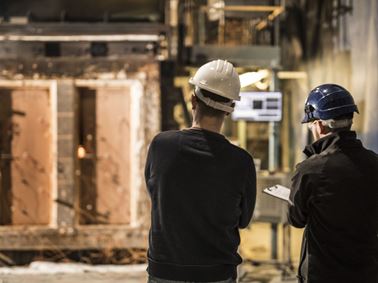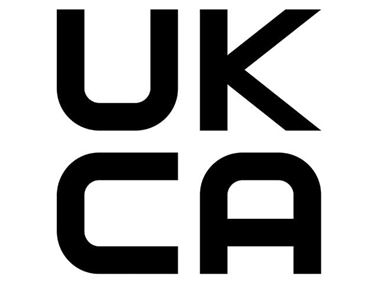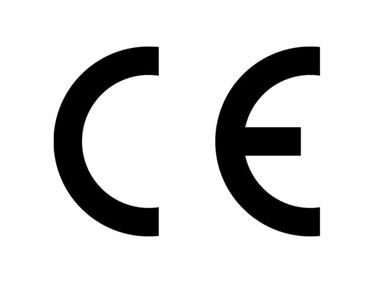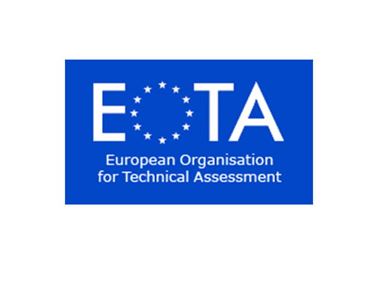Insulation flammability testing
Warringtonfire performs flammability testing for thermal insulation to BS 5803-4, as well as fire resistance tests under BS 476-1 and BS EN 13501-1.
Why do I need to test my loose-fill thermal insulation?
With the rise in home insulation grants and Green Home schemes, loose-fill thermal insulation products are now used in large quantities within roof spaces. Despite their insulating benefits, these materials are so uniquely structured that, without expert testing, they could pose a considerable risk to fire safety.
It is a requirement to test for flammability and resistance to smouldering of loose-fill thermal insulating materials intended for installation in pitched roof spaces in dwellings.
To receive the classification needed to get insulation products to market, they also need to undergo testing for combustibility, heat levels, flame spread and smoke release.
Insulation flammability testing process to BS 5803-4
Part 4 of the BS 5803 standard details the insulation flammability test procedure that should be followed. The determination of the flammability and resistance to smouldering is carried out using flaming and non-flaming sources of ignition.
During the insulation flammability test, the loose-fill thermal insulation material is weighted into the specimen holder (specified tray), and the ignition source is then placed onto the sample. The test can be finished once the flaming has ceased or the combustion zone extends at any depth to within 25mm of any part of the timber surround the specimen holder. To ensure a selection of consistent results, five specimens are tested during this process.
Insulation smouldering test with a non-flaming ignition source
As part of the BS 5803-4 standard, the product also needs to be tested for smouldering resistance.
A hot stainless steel cylinder is placed into the specimen holder (specified tray). When the temperature (measured with a thermocouple) of the stainless steel cylinder has cooled to 445°C, half of the weighted conditioned specimen is poured into the specimen holder around the hot cylinder. The thermocouple is then removed, and the remainder of the sample is poured into the specimen tray. Once any flaming or smouldering has ceased or the combustion zone extends on the surface beyond 150mm from the hot cylinder's centre, the test can be finished.
Once again, to ensure a cross-section of consistent results, five specimens are tested during this process.
Once both parts of the standard have been completed, the criteria for successful compliance are based upon the combustion and charring distance.
What are insulation materials?
Insulation materials for use in roof spaces are used to reduce the heat transfer between objects.
Heat flow is an unavoidable result of contact between objects of various temperature; insulation materials will help keep the temperature of a building consistent; it can reduce noise pollution and makes the property more energy-efficient.
There has been a big push from the green perspective to ensure all dwellings are adequately insulated in recent years. Still, these materials present a considerable risk to fire safety unless tested correctly for fire resistance, flammability and to resist the effects of smouldering.
To find out more about how Warringtonfire can help you, please contact one of our local laboratories below.
Contact Details and Related Services
Gent
Contact us today on: +32 9293 0081
High Wycombe
Contact us today on: +44 (0)1494 840 780
Warrington
Contact us today on: +44 (0)1925 541 267
Articles and Blogs
Warringtonfire has a library of technical articles and blogs to help you better understand our services and how we can help you.
Our Services
SERVICES

Certification
Learn more about our fire and non-fire third-party certification range, which complements our other services.

Achieving UKCA Marking
Find out more about UKCA (UK Conformity Assessed) marking of products under the Construction Products Regulation (CPR).

CE Marking
Find out about CE marking of products under the Construction Products Regulation (CPR).

European Technical Assessments (ETA)
Find out more about European Technical Assessments (ETA).
